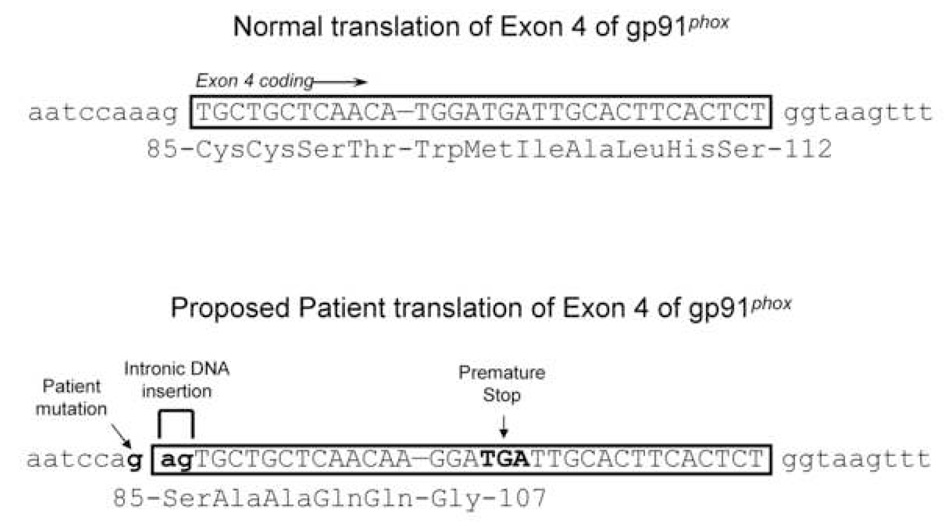Figure 5. The patient’s mutation is predicted to result in the expression of a severely truncated and nonfunctional form of gp91phox.
The CYBB sequence results and the proposed translations of exon 4 in gp91phox are shown for the wild type (upper panel) and the patient (lower panel). Wild type intronic DNA is in lower case and the wild type exonic DNA is in upper case lettering. The coding DNA for both wild type and patient sequence is boxed and its corresponding translation is shown below the sequence. The bolded lettering indicates the patient’s variation from the wild type sequence. The ‘ag’ intronic insertion resulting from the patient’s mutation leads to mistranslation and a premature stop signal 23 codons downstream of Ala 84.

